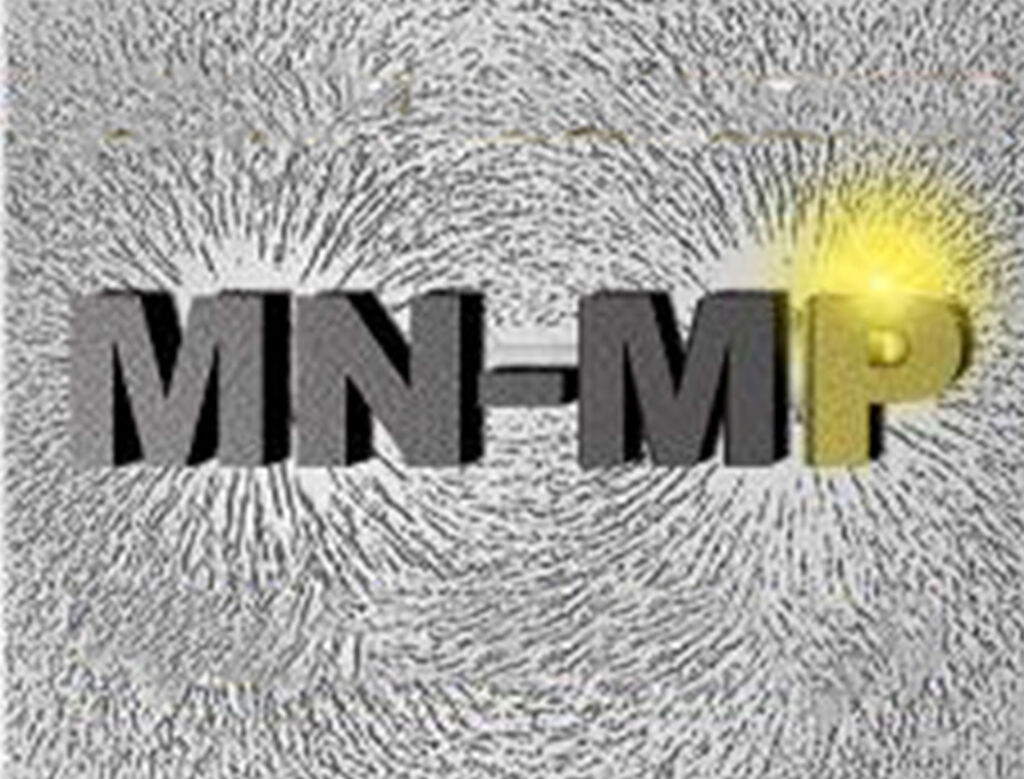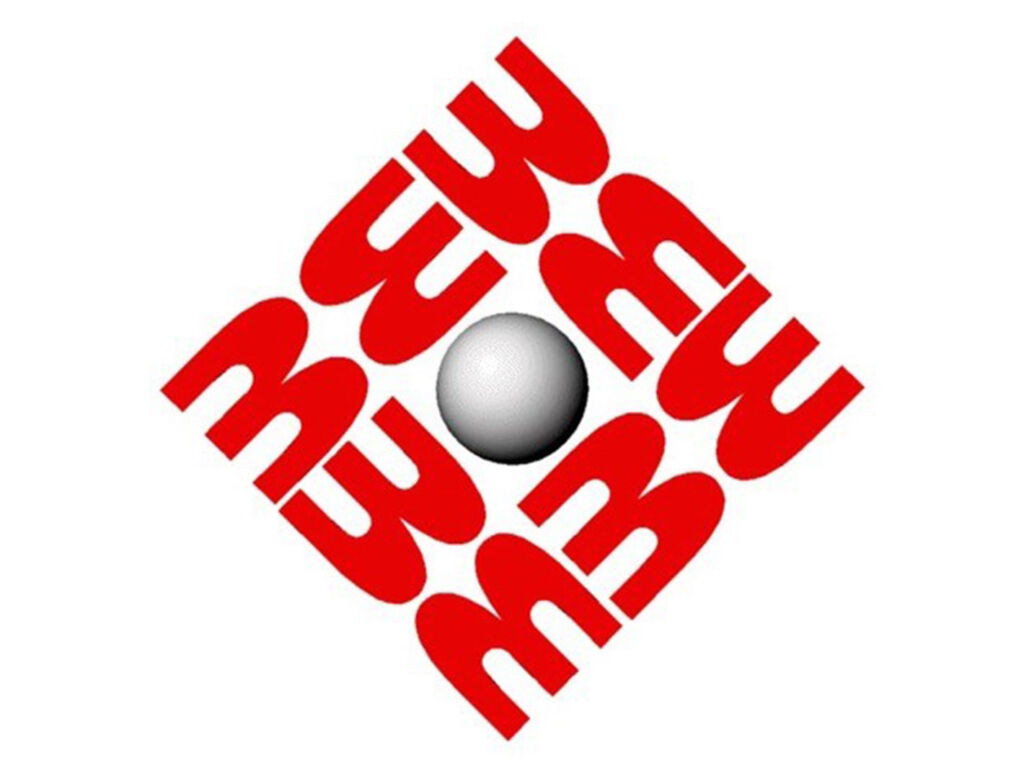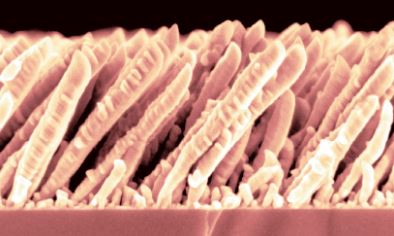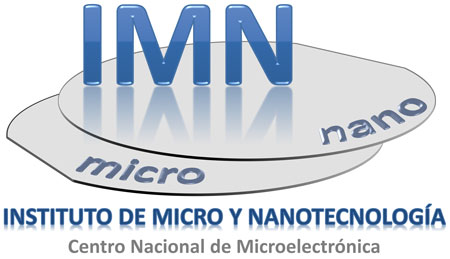ENERGY
Energy harvesting nanotechnologies aim to optimize the efficiency and cost of safe, clean and sustainable energy production technologies by harnessing the unique energy capture and conversion mechanisms enabled by nanoscale nanoengineering materials. IMN’s research focus is on energy harvesting (such as thermoelectricity) and photovoltaic developments.
- Photovoltaic power production by engineered nanostructured semiconductor materials holds the promise of achieving high efficiency at low cost. It also studies various beneficial effects (efficiency improvement, self-cleaning properties) when nanostructured layers are used in photovoltaic cells. Nanocrystal quantum dots are semiconductor nanostructures that, due to quantum confinement effects, can be used to tune their light absorption and emission wavelengths by tailoring their structural properties. Although the market is currently dominated by Si solar cells, III-V concentrator cells are improving faster in terms of energy conversion efficiency and cost, with additional advantages such as reduced land use and lower environmental impact. However, it is still necessary to optimize light concentrators, broaden the absorption spectrum of cells, and reuse substrates efficiently. IMN is pursuing applications of III-V semiconductor nanostructures obtained by molecular beam epitaxy for this purpose.
- Thermoelectric power generation refers to the conversion of temperature differences to electrical potential, or vice versa. The IMN is pursuing the exploitation of thermoelectric properties of nanostructured materials for the efficient generation of electric power from waste heat. The performance of thermoelectric materials is ultimately defined by a figure of merit defined as Z = ES2 / k, where e is the electrical conductivity, k is the thermal conductivity and S is the Seebeck coefficient (ratio of built-in voltage to temperature rise). The structuring of thermoelectric materials at the nanoscale is a fruitful research approach toward improving power production, as it allows independent control of the quantities that determine Z. For example, many semiconductors exhibit reduced thermal conductivity while maintaining low electrical resistance when structured as thin layers or nanowires, which prevent atomic vibrations and thus heat flow while not affecting electron flow. Translated with www.DeepL.com/Translator (free version) Following this approach, IMN activities focus on the use of nanoporous materials as templates for the electrochemical growth of nanowires and on the synthesis of nanocomposites and thin films.
working in Energy






